If you’re looking to add vibrant bursts of color and timeless elegance to your garden, poppies are a perfect choice. Known for their bold, papery blooms and whimsical sway in the breeze, poppies instantly brighten any flower bed or border. These easy-to-grow plants come in a variety of shapes, sizes, and shades — from delicate whites and pastels to fiery reds and oranges. Let’s explore eight beautiful poppy varieties that will turn your outdoor space into a colorful, eye-catching retreat.

1. Papaver somniferum (Opium Poppy)
The Opium Poppy is famed for its large, bowl-shaped flowers that come in a wide range of colors including white, pink, lavender, and deep purple. Its ruffled petals and silvery, blue-green foliage create a striking contrast in the garden. Beyond its beauty, this species has a long history in herbal medicine and ornamental gardening. It blooms in late spring to early summer, and its decorative seed pods are often used in dried flower arrangements. These poppies thrive in full sun and well-drained soil.

2. Papaver orientale (Oriental Poppy)
Oriental Poppies are among the most dramatic perennial flowers you can grow. Their huge, silky blooms can reach up to 6 inches across and often feature dark blotches at the base of each petal. Shades range from fiery scarlet and orange to soft pink and snowy white. These hardy plants love sunny spots and bloom in late spring, dying back in midsummer before returning the next year. They’re perfect for cottage gardens or as a showy focal point in flower beds.
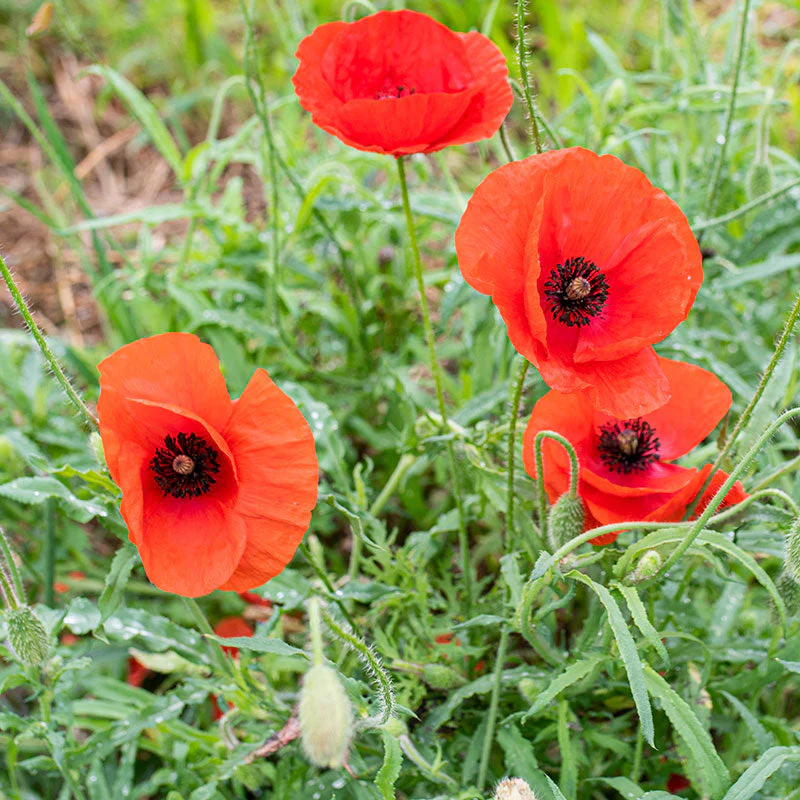
3. Papaver rhoeas (Corn Poppy / Flanders Poppy)
The iconic Corn Poppy is known for its simple, delicate, bright red flowers with black centers. Historically significant as a symbol of remembrance, this annual poppy blooms from late spring to early summer. It thrives in meadows, wildflower gardens, and informal plantings, where it happily self-seeds for a natural look. These cheerful blooms are ideal for creating fields of vibrant color and attracting pollinators like bees and butterflies to your garden.
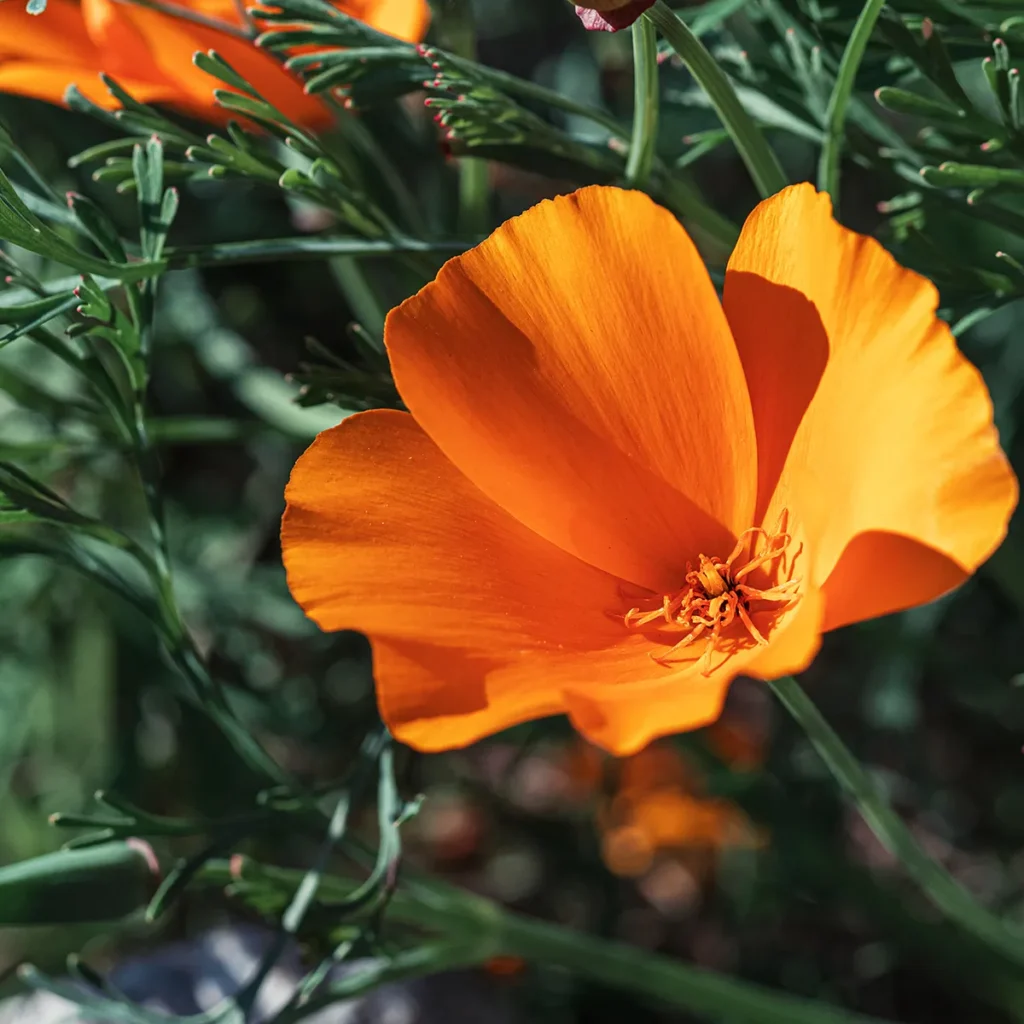
4. Eschscholzia californica (California Poppy)
California Poppies offer cheerful, cup-shaped flowers in shades of orange, yellow, cream, and even pink. Native to the western United States, these drought-tolerant, sun-loving plants bloom from spring through fall in the right conditions. They’re perfect for rock gardens, borders, and wildflower meadows. The feathery, blue-green foliage adds texture even when not in bloom. An added bonus — they’re low-maintenance and will often reseed themselves, providing a continuous display year after year.

5. Papaver nudicaule (Iceland Poppy)
The delicate Iceland Poppy brings soft pastel tones and gentle charm to cool-climate gardens. Its crinkled, semi-transparent petals in shades of yellow, orange, coral, and white appear on slender stems above mounds of fern-like foliage. Blooming from late spring to early summer, they’re perfect for borders, containers, and cutting gardens. Iceland Poppies prefer cooler conditions and slightly moist, well-drained soil. Their cheerful, fluttering blooms are irresistible to butterflies and make beautiful additions to fresh floral arrangements.
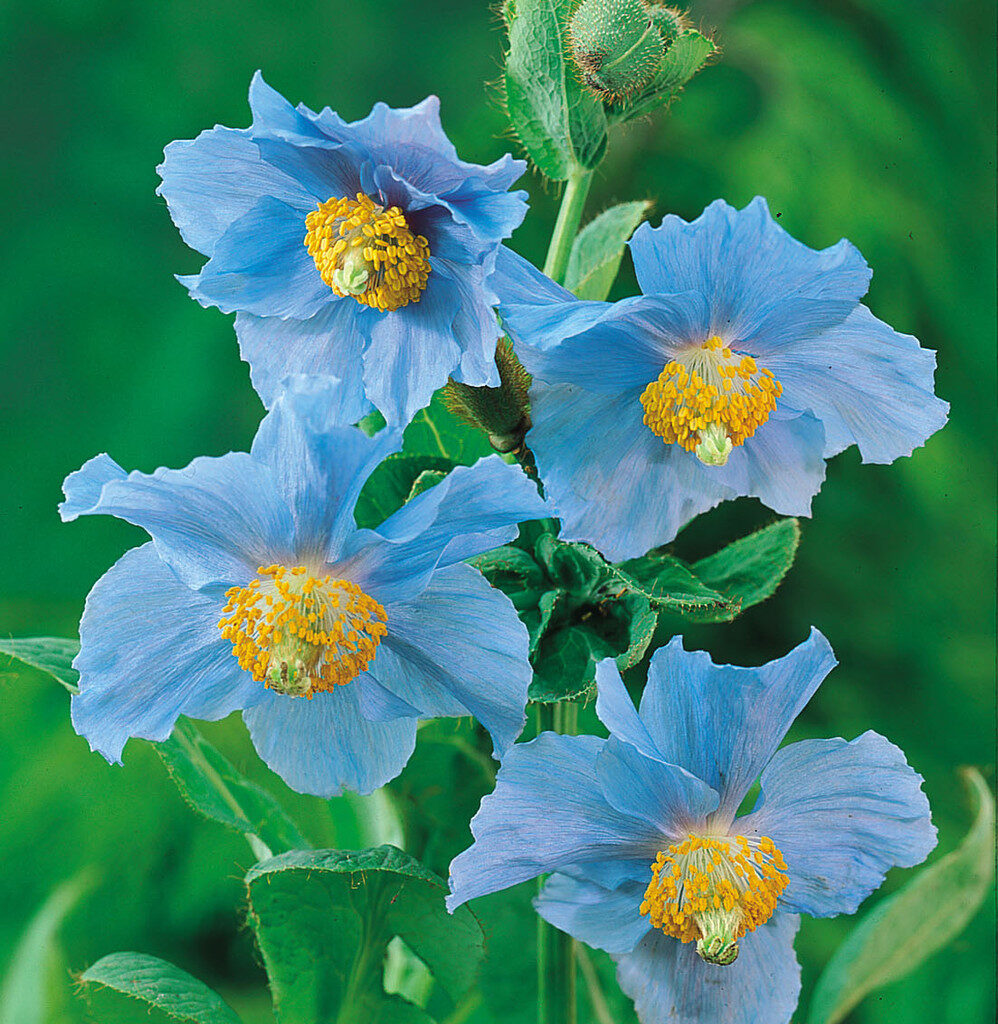
6. Meconopsis betonicifolia (Himalayan Blue Poppy)
The elusive Himalayan Blue Poppy is one of the most sought-after flowers for cool, shaded gardens. Its mesmerizing, satiny blue blooms with golden centers are truly enchanting. Native to the Himalayan region, this poppy requires rich, moist, well-drained soil and partial shade to thrive. It typically blooms in late spring to early summer. Though a bit challenging to grow, the reward of seeing those vivid blue flowers makes the effort worthwhile, creating an almost magical woodland garden feel.

7. Papaver atlanticum (Moroccan Poppy)
The Moroccan Poppy is a dainty, perennial poppy variety known for its orange or apricot-hued flowers and slightly furry foliage. It thrives in sunny, dry spots, making it a great choice for rock gardens, Mediterranean-style plantings, or gravel beds. Blooming throughout the summer, it adds a charming, informal touch with its delicate blooms swaying on slender stems. This poppy is hardy, drought-tolerant, and low-maintenance, reseeding itself generously to create a natural, effortless look in the garden.
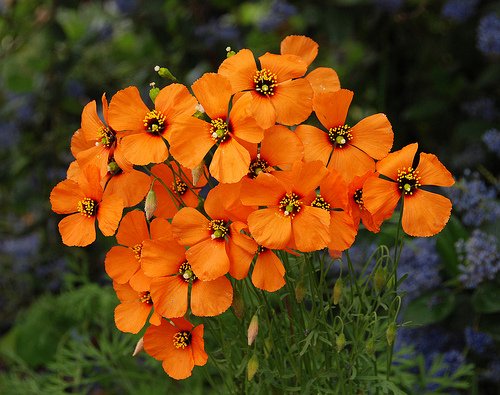
8. Stylomecon heterophylla (Wind Poppy)
Native to California, the Wind Poppy is a rare and delightful wildflower known for its slender stems and glowing orange petals with a dark center. Blooming in late spring to early summer, these poppies thrive in shady or partially shaded woodland gardens, making them quite different from their sun-loving cousins. Their delicate blooms flutter in the breeze, adding lightness and movement to the landscape. Wind Poppies are perfect for naturalized gardens, native plant collections, or areas with dappled light.
Conclusion
From the fiery Oriental Poppies to the enchanting Himalayan Blue Poppy, these eight varieties prove that poppies aren’t just one kind of flower — they’re a diverse and colorful family capable of transforming any garden. Whether you prefer a formal border, a sunny meadow, or a shaded woodland corner, there’s a poppy plant to suit your space. Add these stunning blooms to your garden for months of color, charm, and pollinator-friendly beauty.

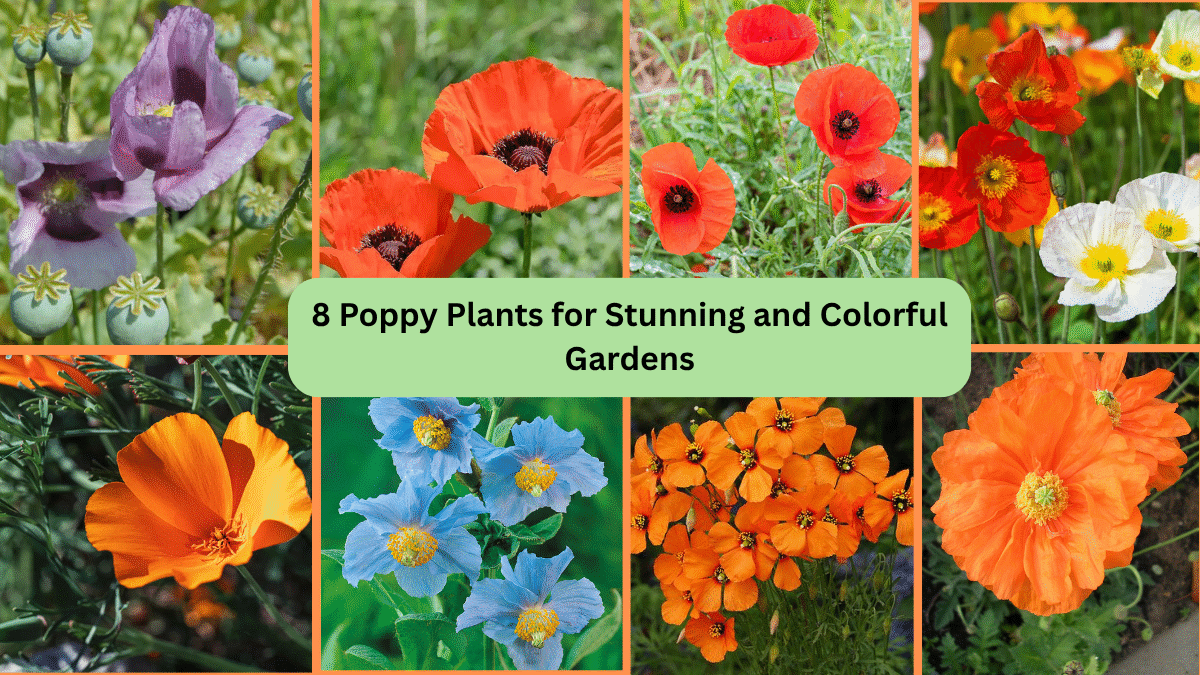
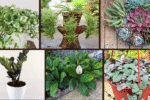

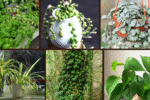
Leave A Comment